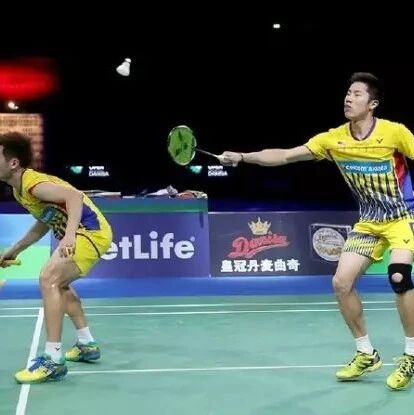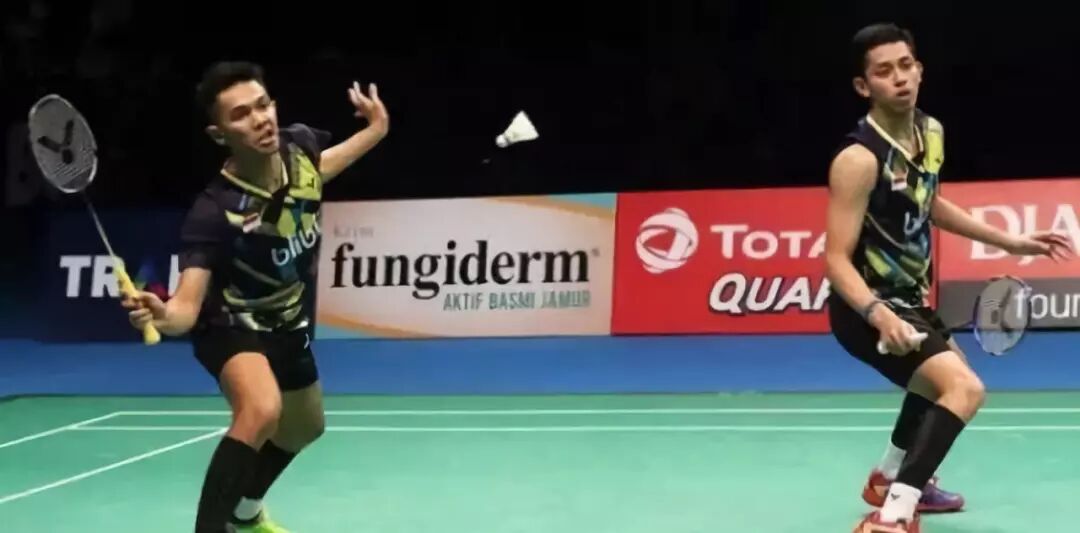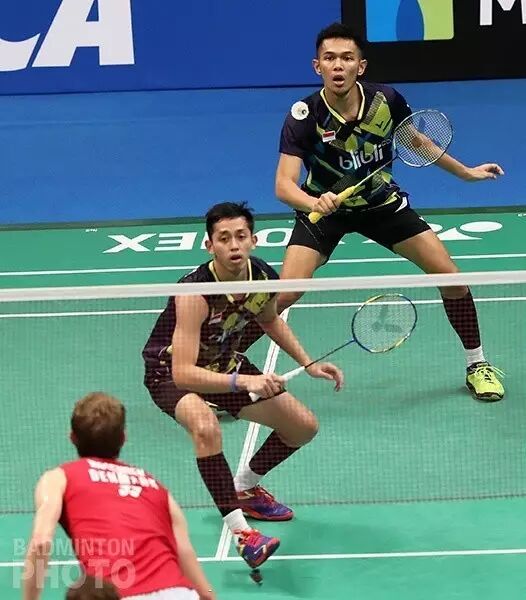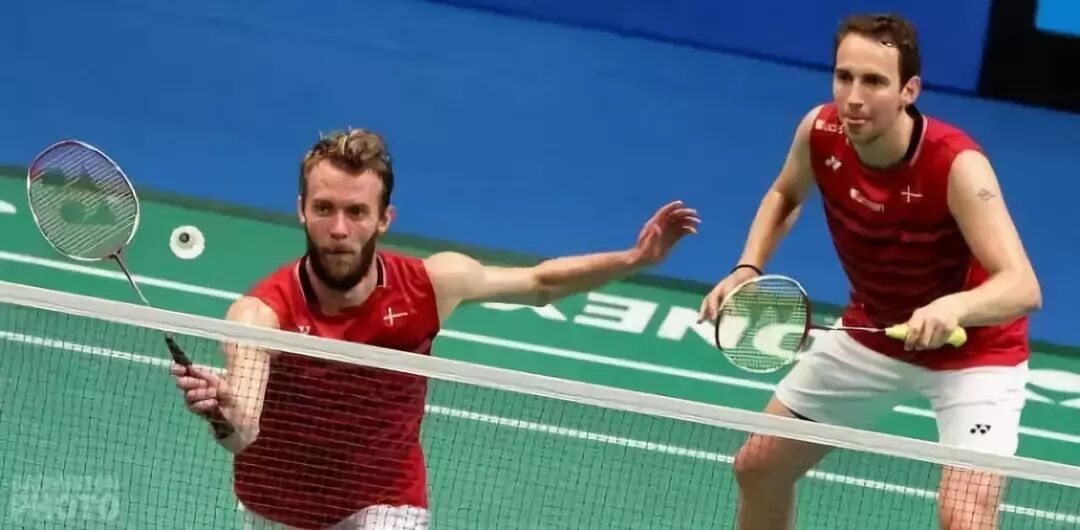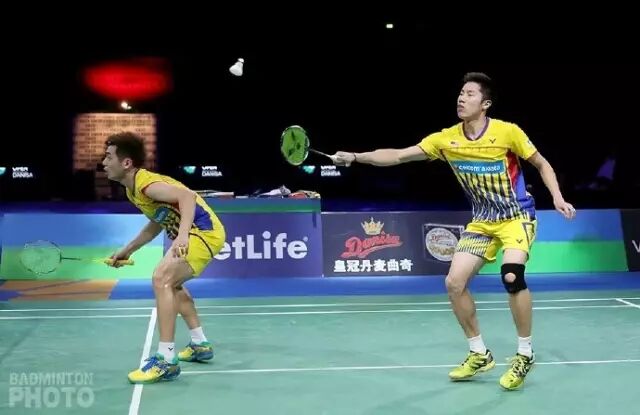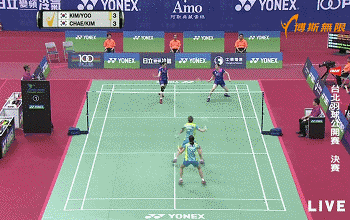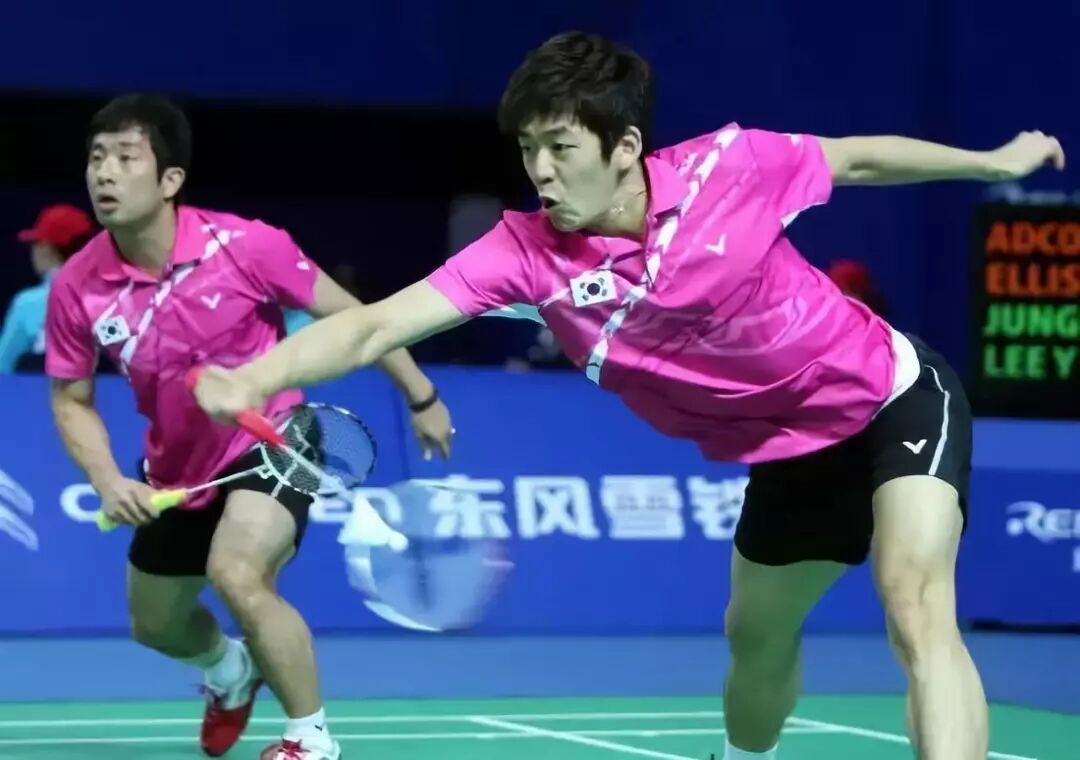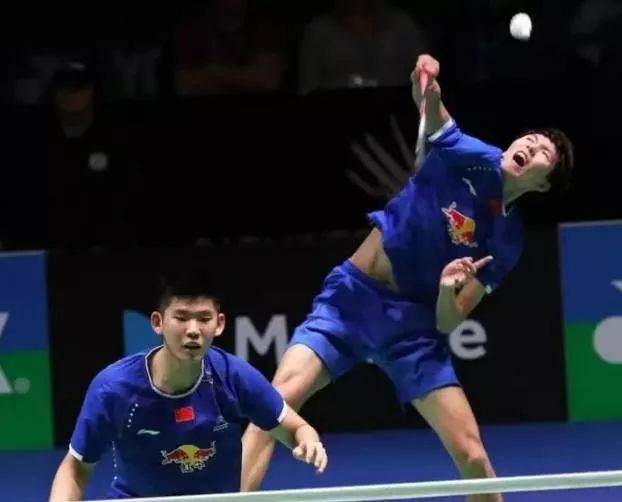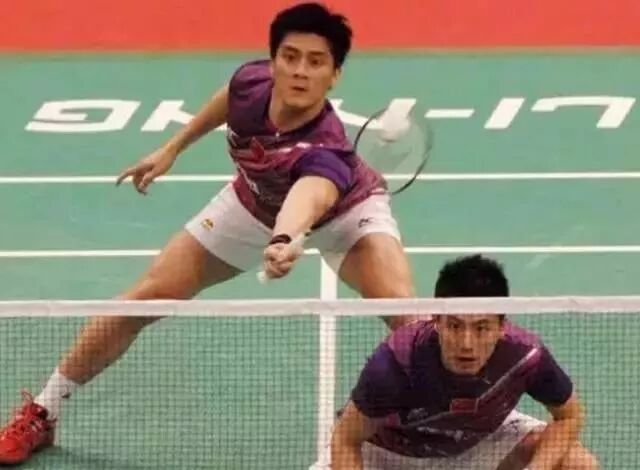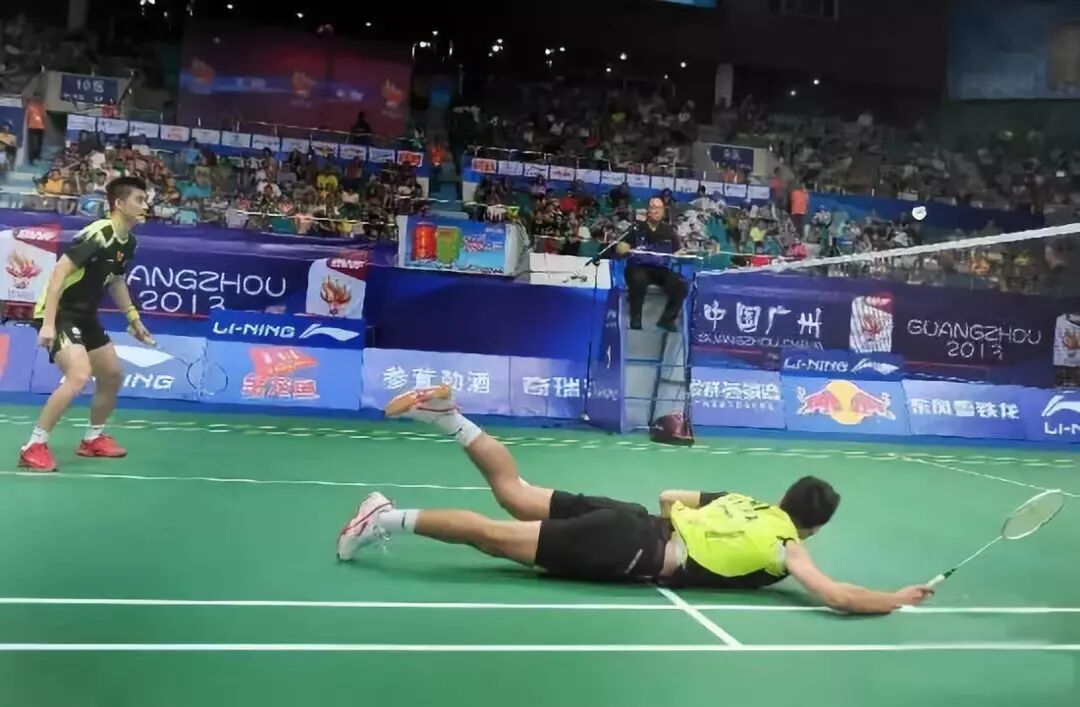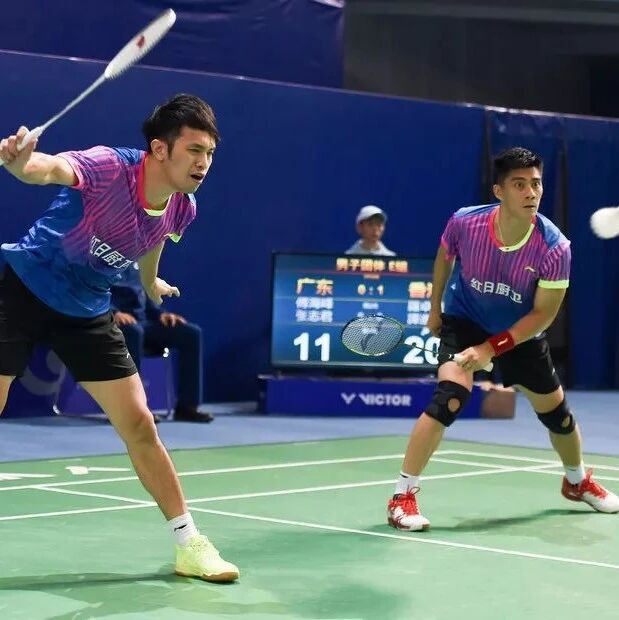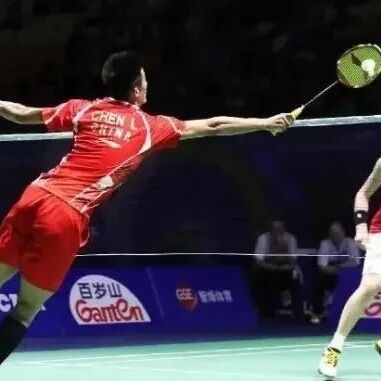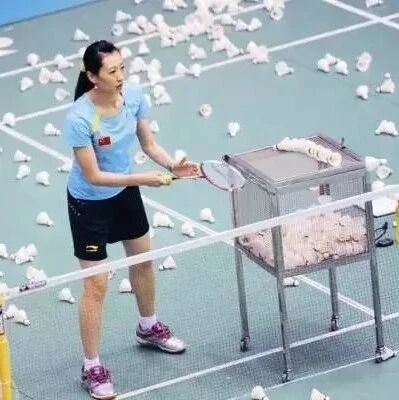
In badminton doubles matches, the importance of the net player is increasingly being recognized by everyone. If you want to become the dreaded "net sweeper" that strikes fear into opponents' hearts, here are 10 golden rules you absolutely need to know.
1. Avoid the weak spot in your waist
Net players should keep their feet moving with the ball—ideally using a side-step motion—rather than standing rigidly at the T-point.
2. Start strong, but focus on the details
The net approach push is typically executed using a left-to-right sweeping motion to prevent the ball from going into the net or drifting out of bounds.
3. The brain needs to anticipate in advance
To predict your opponent's return path, but avoid initiating your movement too early. Starting too soon can easily leave you vulnerable to a direct counterattack from an opponent who excels at net play.
When returning shots at the net, you need both courage and precision—especially when aggressively going for your opponent’s net returns, your hands must stay steady.
5. Over-the-top, no turning back
If your opponent returns the ball exceptionally fast, making it difficult for you to react at the net—or if their shot sails over your head—step aside immediately to allow your teammate in the backcourt to take control. Don’t stand there blocking the line of fire!
6. Don't cling to a fixed position—seek a clever solution.
The partner’s backcourt drop shot was poorly executed, so the front-court player should position themselves slightly toward the back at the "T" point. If the opponent hits a cross-court shot to the backcourt, the front-court player can smoothly retreat to the opposite backcourt area to hit the return, while the backcourt player moves forward—creating an effective rotation.
7. If you don’t start, then once you do, make sure it’s done right.
Front-court players should avoid lifting the ball whenever possible, as it’s always the worst option. But if they’re truly forced into a defensive position, any lift must be high and far to buy time and regain control of the rally.
8. The front line isn’t rigid
When your backcourt partner smashes, you should position yourself slightly deeper to cover a larger defensive area; and when your partner drops a delicate lob, you should move forward with the ball to prepare for a net interception.
9. Extremely passive, refusing to take a gamble.
When a teammate accidentally or passively hits a half-high ball into the opponent’s mid-to-front court, don’t panic—instead, drop into a slight squatting position to protect your face and prepare for the opponent’s quick, angled push toward the opposite corner. Position your racket slightly tilted left or right along the expected trajectory of the incoming shot, aiming to guide the ball back toward the opponent’s net area, where it’ll likely land in an open space.
The probability of extremely passive play actually saving the ball is very low, but if you do nothing at all, the probability of saving the ball drops to "0."
10. Take timely responsibility in special circumstances
When the backcourt partner loses balance after hitting the ball and fails to return to position promptly, the frontcourt player must take full responsibility—temporarily switching to a singles-style approach while waiting for the teammate to rejoin.
More article recommendations:
What do you do when you run into a "power hitter" while playing badminton? Just take the edge off for them!
8 Ways to Improve Your Badminton Anticipation—Helping You Dominate from Afar!
With quick and steady footwork in the backcourt, she no longer fears opponents maneuvering her left and right during doubles play.
Zhao Jianhua, Yang Yang, and Li Mao have prepared over 100 lessons for everyone, covering techniques like badminton net shots, backhand cross-court hooks, smashes, and more. Click "Read the Original Article in the Bottom Left Corner." If you're looking to improve your badminton skills, don't miss this—your chance is right here!

Click here to access 100 lessons.